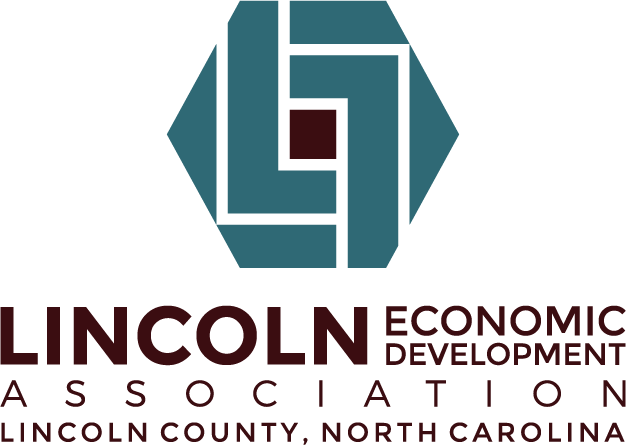Pocket Parks Possible Despite Limitations
West Lincoln County, an area known for its rolling countryside and mostly family-owned businesses, is likely to maintain that flavor in the future. Officials agree that while there is potential for commercial development, residents shouldn’t expect large industrial parks to be popping up in the area. “I think you’ll see some commercial development in west Lincoln as the population continues to grow, but I expect west Lincoln will maintain its rural qualities that make it an attractive place to live,” said Randy Hawkins, Lincoln County zoning administrator. A relatively small area of land is zoned for business or industrial development, Hawkins said. The west is starting to see a little action close to Lincolnton, with the recent openings of two banks. “There is opportunity for commercial development, and you’re staring to see that west of the city,” said Barry Matherly, executive director for the Lincoln Economic Development Association. Along N.C. 27 from Lincolnton to Daniels Road has been identified as suitable for a “major employment center,” which entails a heavy concentration of business. Several factors led to this classification: large, available tracts of land, the ability to extend utilities, a good transportation network and flat land. The county’s Comprehensive Land Use Plan identifies several areas that could be developed as commercial centers. Those areas are centered around the larger intersections in the area. Commercial centers would include developments such as banks or shopping centers, said Matherly. As far as big business inching father west, it’s not likely. Almost half of the area west of Lincolnton is in the critical water-shed area. “To protect water quality in watersheds that supply public drinking water, regulations limit the amount of impervious coverage,” Hawkins said. Examples of impervious coverage are parking lots and buildings. That severely limits what can be developed there, Matherly said. A possibility for development in the west includes “pocket industrial parks,” Matherly said. Pocket parks are small – less than 50 acres – usually with one road leading to a cul de sac. Buildings would be about 10,000 to 20,000 square-feet. These parks are perfect for smaller businesses that are growing, Matherly said. “Smaller businesses in that area could congregate together,” he said. “A lot of home-based businesses could move to these smaller parks.” West Lincoln has two large trucking companies headquartered there – Houser Trucking and Sain and Heavner Trucking. Those businesses could be an example of potential pocket park starters as they grow. Matherly, who is constantly taking visiting company representative on site tours, said most industries are looking for ready-to-go sites. There are no plans to build industrial parks in west Lincoln. “We would help a private industry start one, but we do not see ourselves building one,” he said. “We’d rather have the people who live there telling us where they want (the parks) to go than us trying to pick.” LEDA would provide assistance with the building, marketing and technical aspects of getting a park started, he said. “There’s an entrepreneurial spirit out there in the west,” Matherly said. “There are issues, but there is also potential.”





